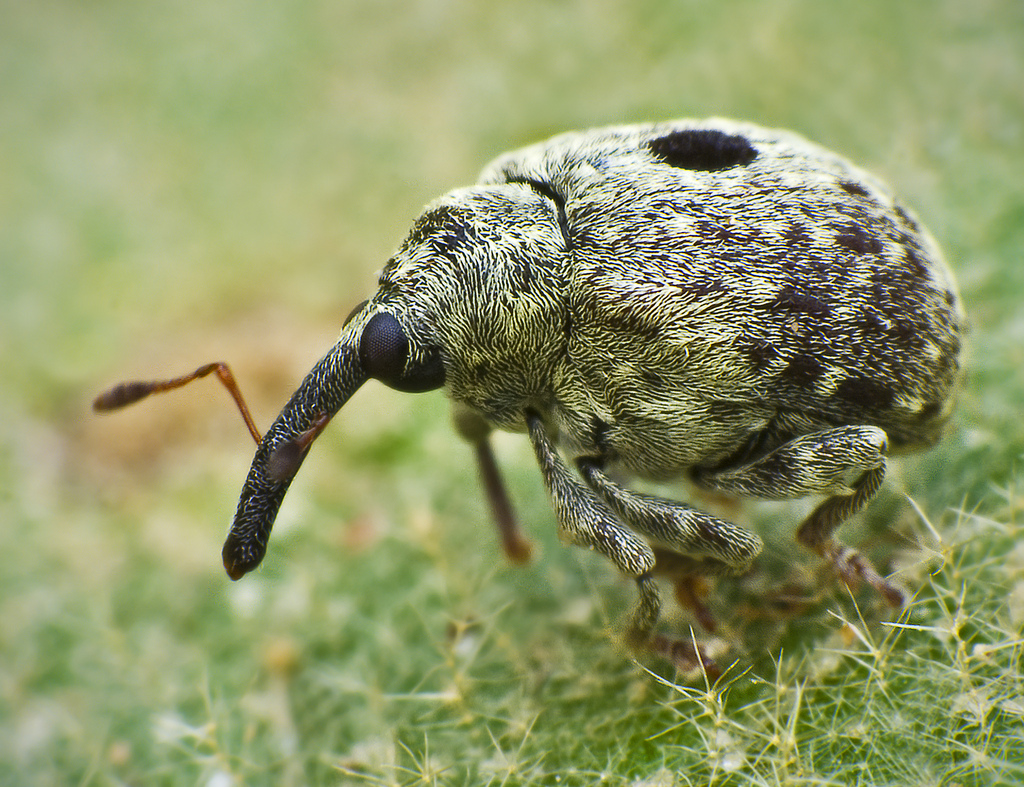|
Episomus Pyriformis
''Episomus pyriformis'' is a species of weevil Weevils are beetles belonging to the superfamily Curculionoidea, known for their elongated snouts. They are usually small, less than in length, and herbivorous. Approximately 97,000 species of weevils are known. They belong to several families, ... found in Sri Lanka. Description This species has a body length is about 9.5 to 11.5 mm. Body greyish brown. Margins of elytra are paler. Sometimes there are traces of metallic green scales. Head with a deep narrow furrow. The rostrum is broad and slightly dilated towards the apex. Prothorax is as long as broad, and cylindrical. Scutellum small and round. Elytra were pear-shaped. Legs with uniform pale scales. References Curculionidae Insects of Sri Lanka Beetles described in 1916 {{Curculionidae-stub ... [...More Info...] [...Related Items...] OR: [Wikipedia] [Google] [Baidu] |
Guy Anstruther Knox Marshall
Sir Guy Anstruther Knox Marshall FRS (20 December 1871 in Amritsar, Punjab – 8 April 1959 in London), was an Indian-born British entomologist. He was an expert on African and oriental weevils.Beolens, Bo; Watkins, Michael; Grayson, Michael (2011). ''The Eponym Dictionary of Reptiles''. Baltimore: Johns Hopkins University Press. xiii + 296 pp. . ("Marshall", p. 169). Early life Marshall was the youngest of three children born to Laura Frances Pollock (1846–1912), daughter of Sir Frederick Pollock, 1st Baronet and Chief Baron of the Exchequer, and Colonel Charles Henry Tilson Marshall (1841–1927), a district judge. Both Guy's father and his uncle, Major-General George Frederick Leycester Marshall (1843–1934), were naturalists who had produced books on the birds and butterflies of India, Burma, and Ceylon. Marshall was sent from India to a school in Margate where he started a butterfly collection. He transferred his attentions to beetles when he enrolled at Charterhouse. Wh ... [...More Info...] [...Related Items...] OR: [Wikipedia] [Google] [Baidu] |
Curculionidae
The Curculionidae are a family of weevils, commonly called snout beetles or true weevils. They are one of the largest animal families, with 6,800 genera and 83,000 species described worldwide. They are the sister group to the family Brentidae. They include the bark beetles as the subfamily Scolytinae, which are modified in shape in accordance with their wood-boring lifestyle. They do not much resemble other weevils, so they were traditionally considered a distinct family, Scolytidae. The family also includes the ambrosia beetles, of which the present-day subfamily Platypodinae was formerly considered the distinct family Platypodidae. Description Adult Curculionidae can be recognised by the well-developed, downwards-curved snout (Rostrum (anatomy), rostrum) possessed by many species, though the rostrum is sometimes short (e.g. Entiminae). They have elbowed Antenna (biology), antennae that end in clubs, and the first antennal segment often fits into a groove in the side of the ros ... [...More Info...] [...Related Items...] OR: [Wikipedia] [Google] [Baidu] |
Insects Of Sri Lanka
Insects (from Latin ') are pancrustacean hexapod invertebrates of the class Insecta. They are the largest group within the arthropod phylum. Insects have a chitinous exoskeleton, a three-part body (head, thorax and abdomen), three pairs of jointed legs, compound eyes and one pair of antennae. Their blood is not totally contained in vessels; some circulates in an open cavity known as the haemocoel. Insects are the most diverse group of animals; they include more than a million described species and represent more than half of all known living organisms. The total number of extant species is estimated at between six and ten million; In: potentially over 90% of the animal life forms on Earth are insects. Insects may be found in nearly all environments, although only a small number of species reside in the oceans, which are dominated by another arthropod group, crustaceans, which recent research has indicated insects are nested within. Nearly all insects hatch from eggs. Insect ... [...More Info...] [...Related Items...] OR: [Wikipedia] [Google] [Baidu] |

